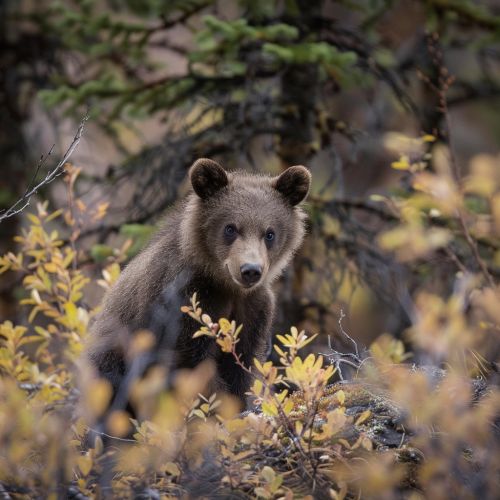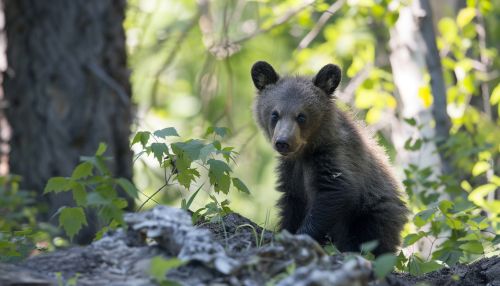Iomante
Introduction
Iomante is a traditional Ainu ceremony that involves the ritual sacrifice of a bear. The Ainu are an indigenous people native to the northern regions of Japan, particularly Hokkaido, as well as parts of Russia's Sakhalin Island and the Kuril Islands. The Iomante ceremony is deeply rooted in Ainu spirituality and cosmology, reflecting their beliefs about the interconnectedness of humans, animals, and the natural world. This article delves into the historical, cultural, and spiritual significance of the Iomante ceremony, exploring its various aspects in detail.
Historical Context
The origins of the Iomante ceremony can be traced back to ancient times, long before the Ainu people came into contact with Japanese and Russian settlers. The Ainu have a rich oral tradition, and much of what is known about Iomante has been passed down through generations via oral history. The ceremony is believed to have been practiced for centuries, serving as a means of ensuring the community's survival and maintaining harmony with the spiritual world.
Cultural Significance
The Iomante ceremony is one of the most important rituals in Ainu culture. It is not merely a religious event but also a social and communal activity that brings the entire community together. The ceremony is typically held in the winter months, a time when food is scarce, and the successful capture of a bear is seen as a blessing from the gods. The bear, considered a divine being, is believed to be a messenger from the kamuy, or gods, and its sacrifice is a way of sending it back to the spiritual realm with messages of gratitude and requests for future blessings.
Ritual Preparations
Bear Capture
The first step in the Iomante ceremony is the capture of a bear cub. This is usually done in the spring when bear cubs are young and easier to capture. The cub is taken from its den and brought back to the village, where it is raised by the community. The bear is treated with great care and respect, as it is considered a divine being. It is fed a special diet and given a comfortable living environment.


Raising the Bear
The bear is raised for several months, during which time it becomes a part of the community. The Ainu people believe that by treating the bear well, they are showing their respect for the gods. The bear is often given a name and is included in various community activities. This period of raising the bear is seen as a time of preparation for the eventual ceremony.
The Ceremony
Initial Rituals
The Iomante ceremony begins with a series of initial rituals designed to purify the participants and the ceremonial space. These rituals often include the burning of sacred herbs, the recitation of prayers, and the offering of food and drink to the gods. The bear is also given a final meal, which is usually a lavish feast that includes fish, berries, and other delicacies.
The Sacrifice
The central part of the Iomante ceremony is the sacrifice of the bear. This is done in a highly ritualized manner, with specific prayers and chants being recited throughout the process. The bear is killed quickly and humanely, and its spirit is believed to return to the spiritual realm. The bear's body is then prepared for a communal feast, with every part of the animal being used in some way. This is seen as a way of honoring the bear and ensuring that its sacrifice is not in vain.
Spiritual Beliefs
The Iomante ceremony is deeply intertwined with Ainu spiritual beliefs. The Ainu believe that the bear is a divine being that has come to the human world to provide for the community. By sacrificing the bear and sending its spirit back to the spiritual realm, the Ainu are fulfilling their part of a sacred covenant. The ceremony is also seen as a way of maintaining balance and harmony between the human and spiritual worlds.
Modern Practices
In modern times, the practice of Iomante has become less common, largely due to legal restrictions and changing cultural attitudes. However, some Ainu communities continue to hold the ceremony as a way of preserving their cultural heritage. These modern ceremonies are often conducted in a more symbolic manner, with an emphasis on cultural education and community bonding.
